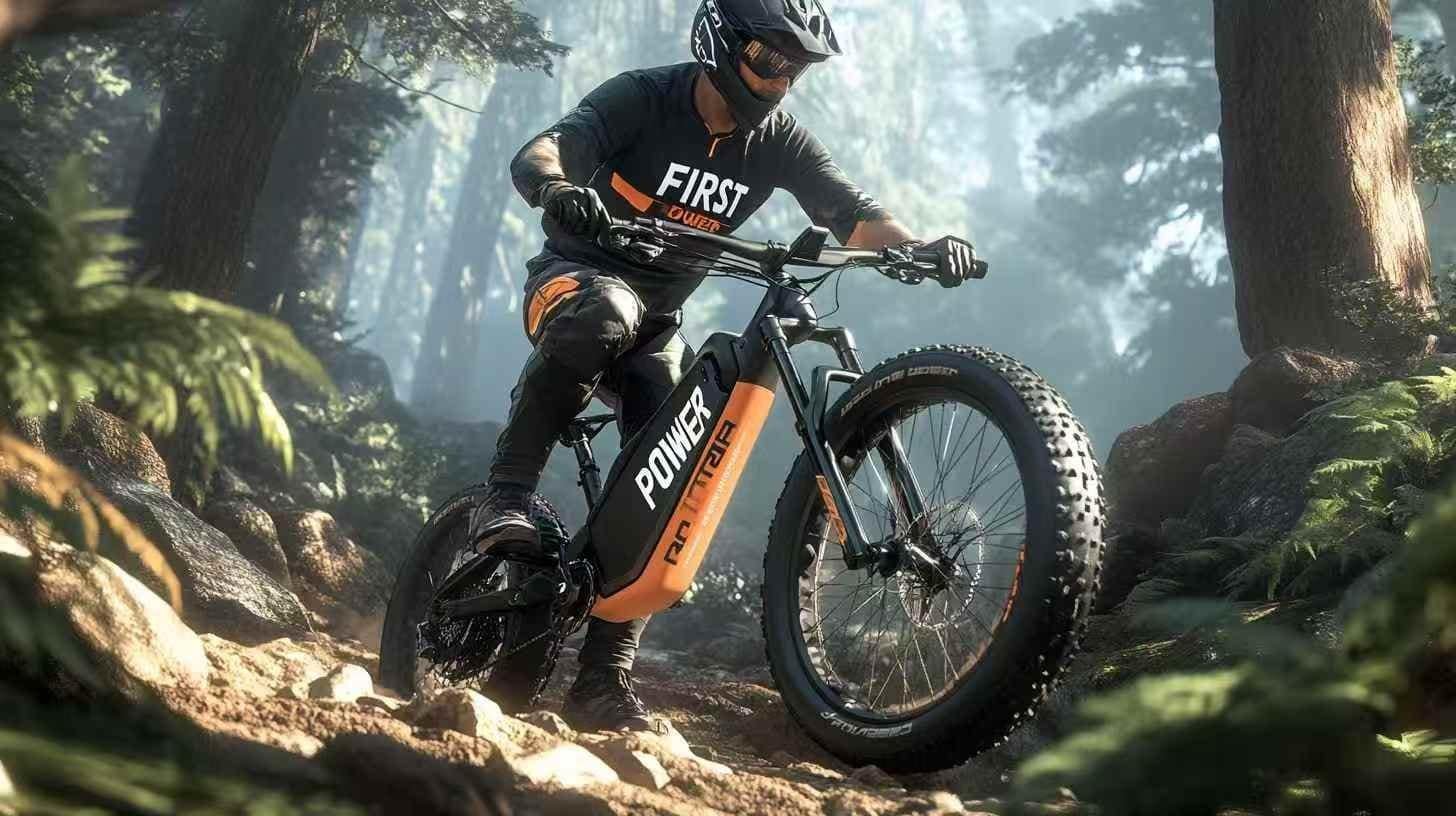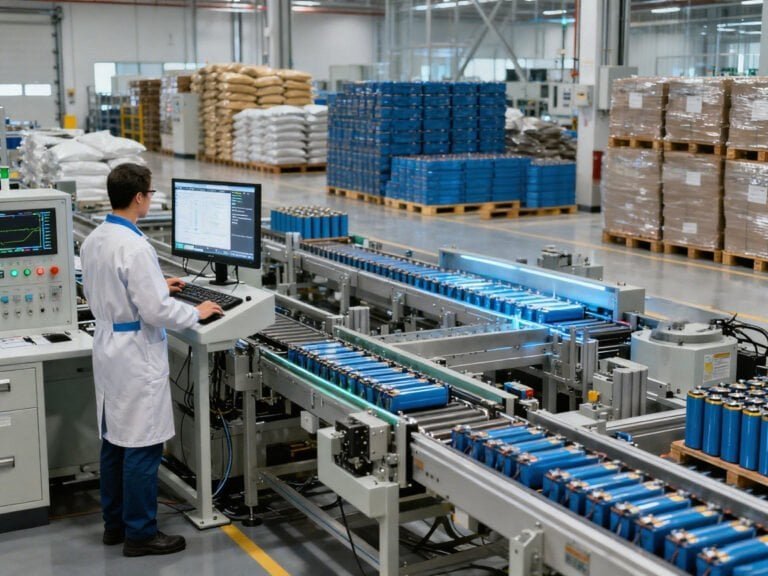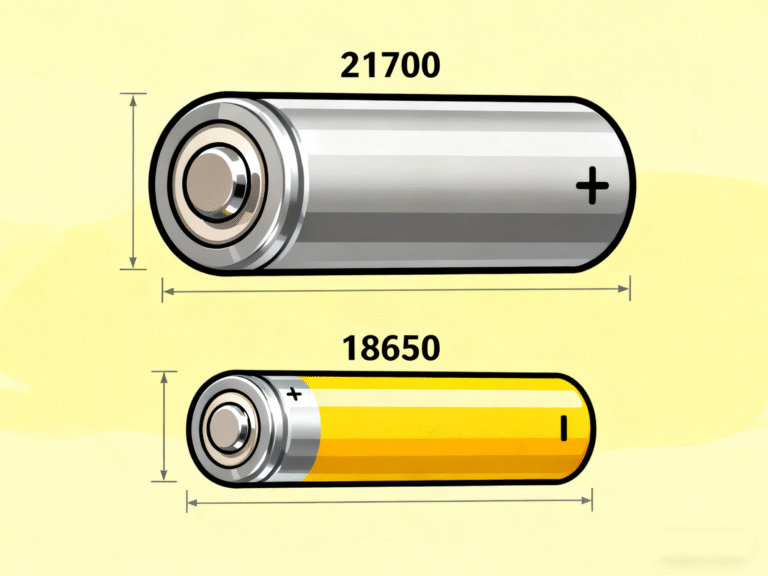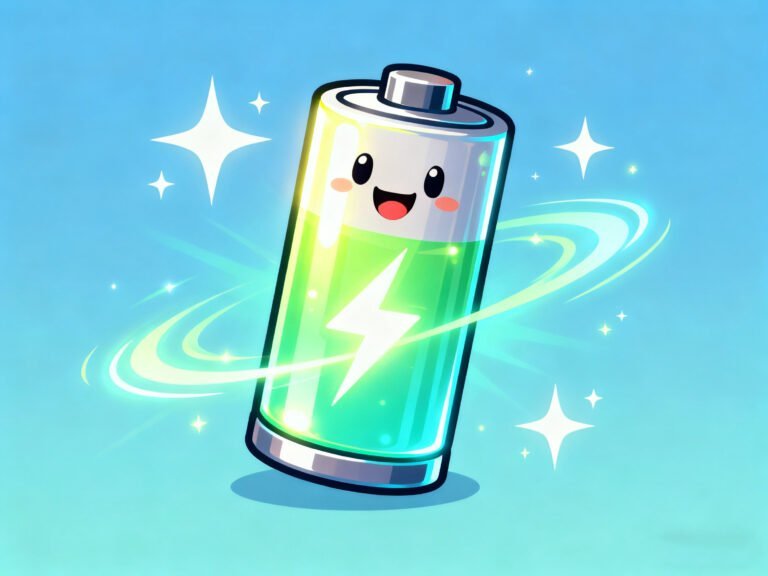환경에 대한 인식이 높아지고 도시 교통량이 증가함에 따라 전기자전거(EBike)는 점점 더 많은 사람들이 선택하는 교통수단이 되고 있습니다. 전기자전거의 핵심 부품인 전기자전거 배터리의 성능은 라이딩 경험을 직접적으로 결정합니다. 이 글에서는 전기자전거 리튬 배터리의 장점, 기술적 특징 및 유지 관리 방법에 대해 자세히 살펴보고 친환경 여행을 더욱 즐겁게 즐길 수 있도록 도와드립니다.
1. Why are lithium batteries widely used in EBikes?
Compared to traditional lead-acid batteries, lithium batteries hold a dominant position in the EBike sector, primarily due to the following advantages:
High energy density: Lithium batteries are compact, lightweight, yet capable of providing longer range, making them ideal for modern lightweight EBike designs.
Longer lifespan: High-quality lithium batteries can withstand 800–1,000 charge-discharge cycles, which is 2–3 times longer than lead-acid batteries.
Fast charging: Lithium batteries support fast-charging technology, typically reaching full charge in 3–5 hours, while lead-acid batteries may require over 8 hours.
Environmentally friendly and pollution-free: Lithium batteries do not contain heavy metals like lead or cadmium, aligning with the principles of green travel.

2. Key Technologies of EBike Lithium Batteries
Currently, EBike lithium batteries on the market are primarily divided into two types: ternary lithium (NMC) and lithium iron phosphate (LiFePO4), each with its own characteristics:
Ternary lithium batteries: High energy density and excellent low-temperature performance, suitable for models prioritizing range and lightweight design.
Lithium iron phosphate batteries: Higher safety and longer lifespan, but slightly lower energy density, commonly used in high-end or commercial EBikes.
Additionally, the intelligent battery management system (BMS) is one of the core technologies of lithium batteries, enabling real-time monitoring of battery status and providing multiple protections such as overcharging, over-discharging, and short-circuit protection to ensure safety and stability.
3. How to Extend the Lifespan of EBike Lithium Batteries?
Proper usage and maintenance habits can significantly extend the lifespan of lithium batteries:
Avoid over-discharging: Charge the battery when the remaining capacity is between 20% and 30%, avoiding complete depletion.
Charge at appropriate temperatures: The optimal charging temperature for lithium batteries is 10°C to 30°C. Avoid charging in high-temperature or extremely cold environments.
Use regularly: When the battery is idle for an extended period, it is recommended to maintain the charge level around 50% and perform a charge-discharge cycle every 1-2 months.
Use the original charger: Low-quality chargers may damage the battery and even pose safety risks.
Advancements in lithium-ion battery technology for e-bikes are driving urban mobility toward more environmentally friendly and convenient solutions. Choosing a high-quality lithium-ion battery e-bike not only enhances the riding experience but also contributes to reducing carbon footprints. If you are considering purchasing or upgrading an e-bike, pay close attention to battery performance to ensure each ride is more efficient and worry-free.
First Power (Yi zhan battery) is committed to promoting green transportation solutions, providing the latest EBike industry news, product reviews, and usage tips. Follow us to get more information on sustainable transportation!







